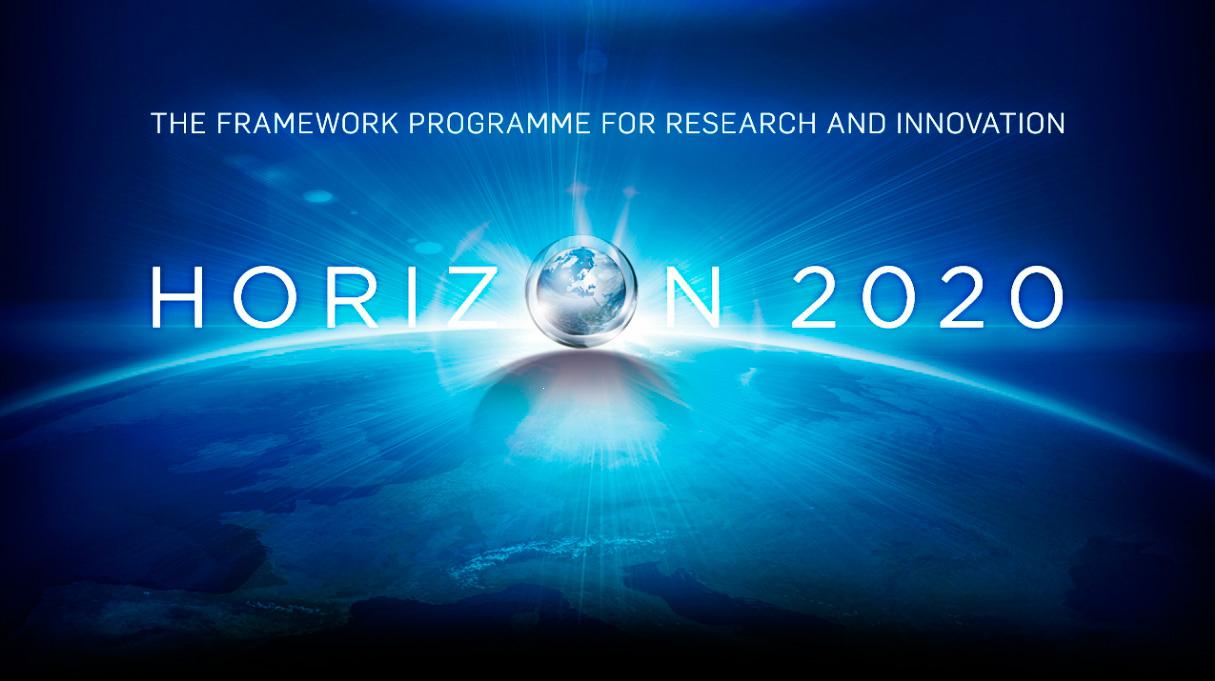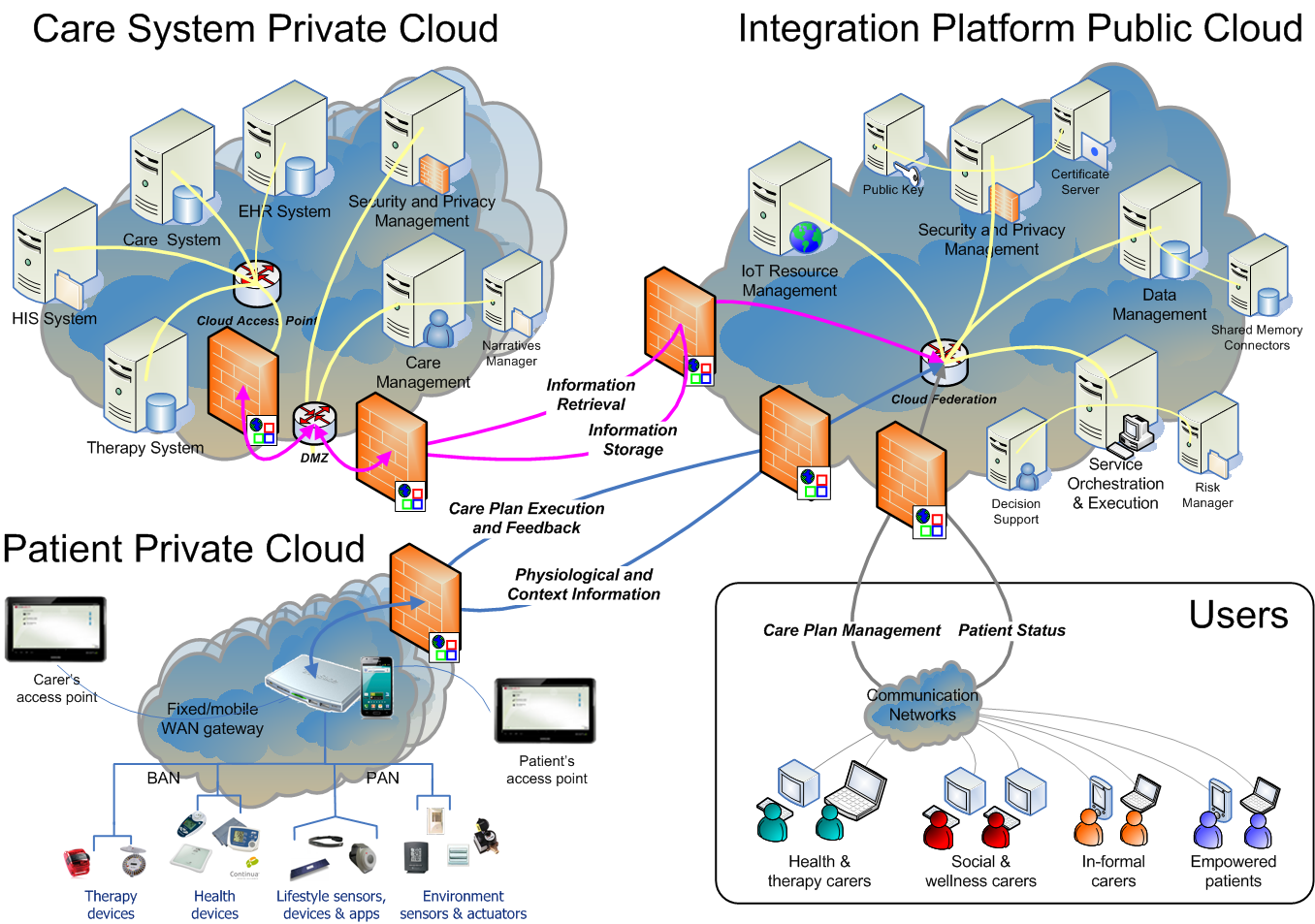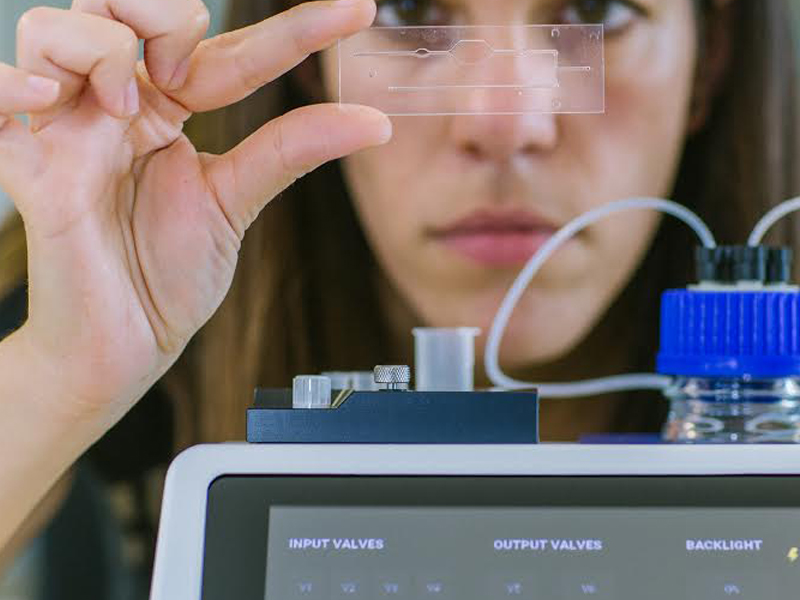
PICASO
A Personalised Integrated Care Approach for Service Organisations and Care Models for Patients with Multi-Morbidity and Chronic Conditions
The PICASO project is a 36 month Research and Innovation Action (RIA) co-funded by the European Commission through the Horizon 2020 Framework Programme for Research and Innovation as part of the Personal Health Systems objective.
The PICASO project aims to research and demonstrate a service oriented, ICT based integration platform that will support collaborative sharing of care plans across sectors based on dynamic and personalised orchestration of care services. It will further provide a method for sharing patient information across all relevant formal and informal care providers using a unique, trust federated solution to the problem of data privacy in cloud based health systems.
The PICASO platform will allow efficient creation and roll-out of personalized Continuum of Care services that integrates and coordinates collaboration of different care organisations and enables patients to become active participants in their own care together with their families. The definition and execution of services will be implemented with personalised dynamic narratives and service orchestration across distributed care spaces.
The PICASO platform will further provide a virtual, contextual representation of the distributed physical care spaces based on multi-parametric sensing and data acquisition. PICASO will provide a unique, secure information sharing system based on distributed shared memory spaces.
Finally, PICASO will offer a decision support system for management of co-morbidities that allows cares to analyse the cross-effect of conflicting care plans based on the concept of constraint satisfaction problem, in order to design personalised, integrated care pathways supported by risk assessment for dynamic update of the pathway based on the immediate status of the patien
Project data


Rationale
Across Europe there is a strong need to alleviate the demographic challenges from an aging population and the epidemic growth in non-communicable and life-style determinant diseases.
Firstly, an all encompassing and cost effective care delivery for patients in tomorrows care system presents a huge challenge in terms of coordination of care and treatment across many isolated care organisations involved. To transcend from today’s fragmented, silo-contained care systems, the concept of “Continuum of Care” is gaining momentum as a care concept involving an integrated view with a system of care that guides and tracks patients over time through a comprehensive array of personalised, health and social services spanning all levels and intensity of care.
Secondly, one of the barriers for uptake of cost effective eHealth and eCare solutions can be traced to reluctance of care organisations to embrace the solutions in their daily workflow due to a lack of understanding of how care models and plans should be adapted to the new organisation of care spaces. In eHealth ecosystems the patient is mostly outside the physical care space of the professional healthcare system and observations and interventions must be adapted to this new realm.
Thirdly, patients with multiple chronic conditions comprise a significant and increasing burden on the healthcare systems worldwide. Due to the complexity and severity of their diseases, these patients require substantially more resources and still have a markedly lower quality of life than most patients with just one chronic disease. Hence there is an urge to develop new care models for management of multi-morbidity; and to make them personalised and patient-centred.
Architecture
The PICASO integration platform is build on federation of multiple external and internal cloud solutions in order to match the needs of future care provision, while still respecting the legacy structure of today’s health care systems. Hence, the platform consists of three major cloud structures:
The platform implements the information space of the PICASO integrated care solution. The physical care space is represented by the Users. The users interact in the physical care space using traditional means of visits to homes, clinics, care centres and offices, laboratory tests, phone or video appointments, etc. Professional health and therapy carers comprise physicians, nurses, general practitioners, occupational and other therapists, emergency teams, certain types of charity organisations, and for-profit nursing facilities. They also include social cares and wellness providers.

Figure 1 PICASO Platform architecture
These users are provided with professional decision support systems for analysing risk and care plan improvements based on the situational awareness created. They can exchange confidential patient status information in privacy compliant, role based controlled ways. Through the platform the formal carers can execute the care plans, obtain decision support for multi-morbidity therapies, and provide multiple ways of feedback to the patient or to any object in the Patient Private Cloud, including actuators in the home.
The informal carers comprise e.g. relatives, friends, neighbours, social helpers, patient associations and groups. An important user is the empowered patients, who can interact with Patient Private Cloud and with informal and formal cares though the Integration Platform. PICASO supports the patient with patient-oriented services for self-care, adherence to care plans and treatment, reminders about making measurements, caution about potential risks, and personalised feedback with contextual informational material.
Technical features
The platform consists of five functional subsets; each responsible for their part of the overall functionality.
- A Service Execution subset is central to the high level functioning of applications and services deployed and executed on the platform. It executes the defined services in a pre-described sequence. It is also responsible for interaction and information to users, such as situational awareness for decision support and event handling.
- A Service Orchestration subset implements the service oriented care models and dynamically adapts and orchestrates the defined services in a pre-described sequence according to the narratives. It is also responsible for continuous risk assessment of patient status and for feeding this to relevant formal and informal carers.
- A Data Management subset manages secure and authorised data transfer between the users, as well as to and from a Care System Private Cloud. It is based on shared memory objects pointing to data residing in the Care System Private Cloud.
- A IoT Resource Management subset handles communication between sensing devices, event handlers, actuators in the Patient Private Cloud, where it will provide access the WAN node.
- A Security and Privacy Management subset handles secure transmission of data, privacy compliance, and authentication of users based on federated trust models.
Expected Project Outcomes
The project outcome will bridge the vision and the domain challenges and to ensure that this goal is constantly pursued, the project undertakes research and development towards achieving the following specific objectives in these areas:
- New ICT based approaches for integrated care
- New care management programmes for multi-morbidity
- Specific technological innovations
- Socio-economic objectives
In-JeT’s role in the project
In-JeT is the chief vision-owner and Innovation Manager of the PICASO project. We are participating in the iterative requirement process and develop procedures for capturing Lessons Learned and perform requirements re-engineering, constantly keeping the project aligned with its objectives and vision. In-JeT’s role is also to perform the business modelling, where we, together with partners, develop concepts and methods for value models models.Further, it is In-JeT’s role to supply and deploy the Telemonitoring devices and to participate in the usability evaluation of the prototype applications. On the dissemination and exploitation side, we develop and maintain the projects’ dissemination strategy and the PICASO website.
Partners
- Fraunhofer Institute for applied Information Technology, Germany (Coordinator)

- IBM Hursley – Application Management Services (participation ended in 2017)

- CNet Svenska AB

- In-JeT ApS
- Fondazione Inuit Tor Vergata

- Technical University of Kosice

- Vrije Universiteit Brussel

- University of Rome “Tor Vergata” Hospital (Clinical partner)

- Heinrich-Heine-University Düsseldorf, Universitätsklinikum Düsseldorf (Clinical partner)

Funding
Co-funded by the European Commission Horizon 2020 research and innovation programme.









